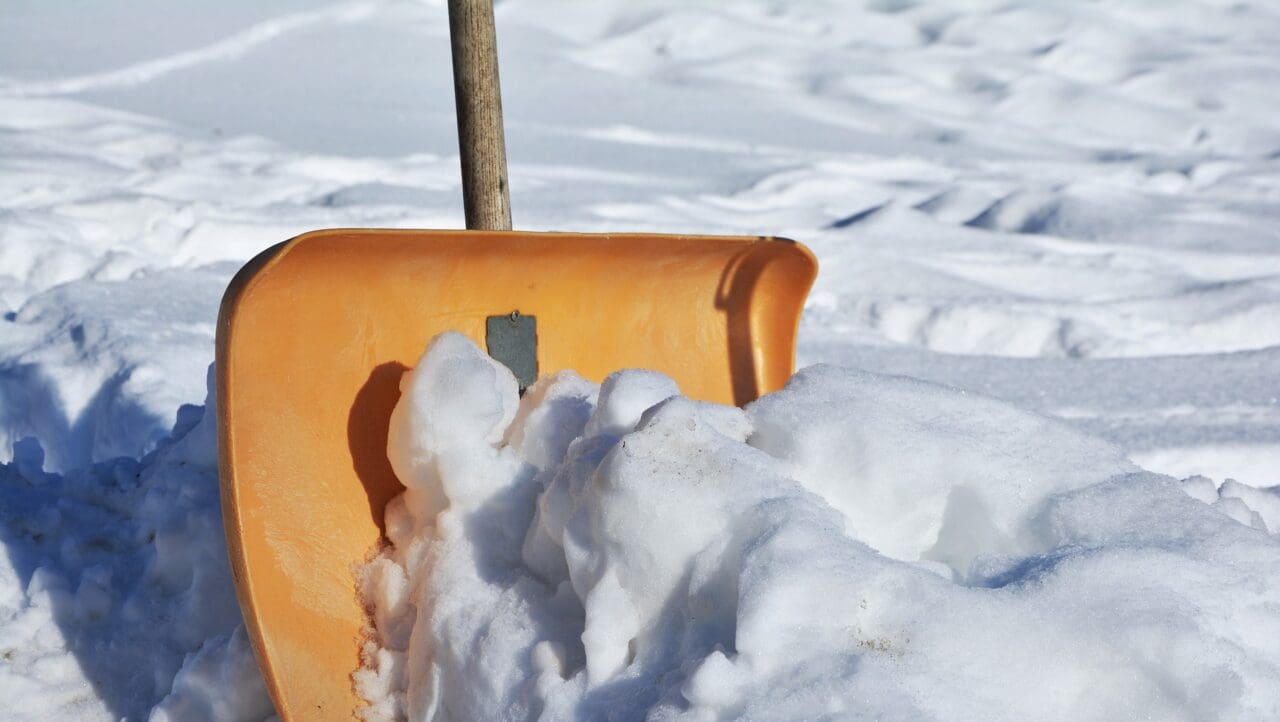Winter is officially upon us and we’ve now had our first measurable snowstorm of the season. For those of you who shovel snow, it’s important to make sure you do it safely.
According to a study by the American Journal of Emergency Medicine, these are the most common injuries associated with shoveling snow:
Back Injury – 34%
Hand/arm/shoulder injuries (fractures and soft tissue injuries) – 16%
Head injuries (from getting hit with the shovel) – 15%
Slips and falls – 11%
Heart Attack – 7%

Snow Shoveling Safety Tips
WAIT
Don’t shovel first thing in the morning. Research suggests that most heart attacks occur first thing in the morning when blood is most likely to clot. Clear your morning calendar so you don’t have to rush out and let the sun do a little work for you.
WARM-UP
Most people don’t think about it this way, but shoveling snow is exercise. It’s hard work. Take a few minutes before to stretch, move about, and get the ‘blood flowing’ before undertaking any strenuous activity, including shoveling snow.
DRINK FLUIDS
Stay hydrated. It’s just as easy to get dehydrated in cold weather as it is in warm weather when you are exercising.
THINK SMALLER
Use a smaller shovel. A shovel full of wet snow is especially heavy when the shovel is big. It may take a little longer, but many small loads will be better than fewer heavy ones.
CLOTHES FOR WARMTH, COMFORT, AND SAFETY
Dress appropriately. Cover your hands, head and mouth. Covering your mouth with a scarf will help you inhale warmer air and can help avoid respiratory problems. Wearing layers will help you stay warm and flexible. Don’t forget your footwear. Make sure you are wearing boots with good treads. If the surface is slippery, consider treating with a de-icer as you go along to avoid slips and falls.
SCHEDULE TIMEOUTS
Take regular breaks. If you need a rest, take a rest. Taking 15-minute breaks can help lessen the load on your heart and the rest of your body.
MAINTAIN BODY AWARENESS
Watch for warning signs of injury. Tightness in the chest, lightheadedness, and dizziness are all signs of a heart attack. If you suspect you’re having a heart attack, call 911.



